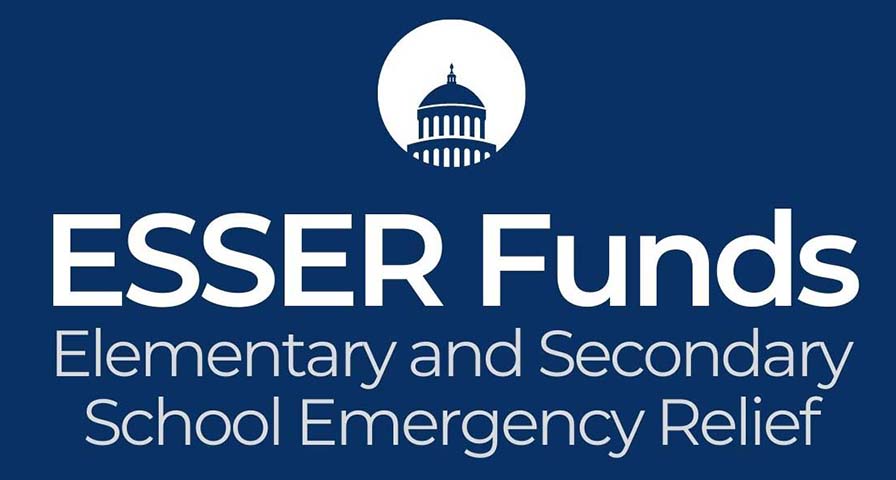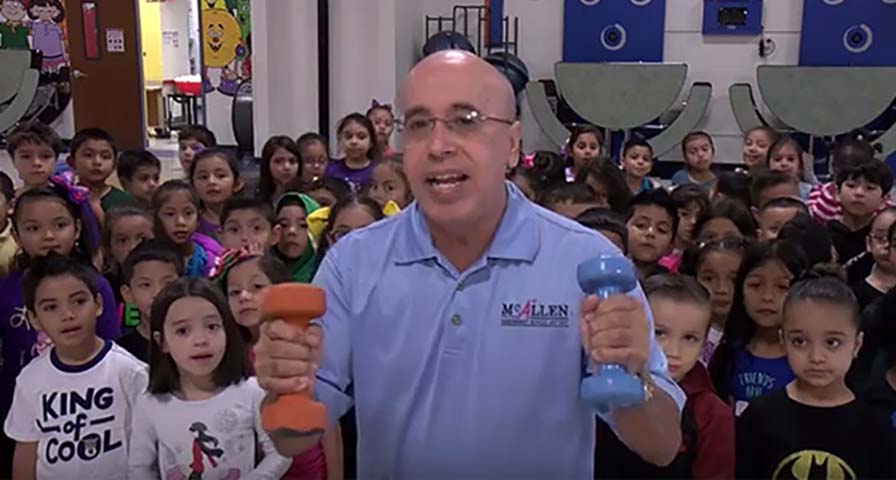
The U.S. Department of Education’s first major deadline arrives on Sept. 30, when schools that have not requested an extension must have their remaining ESSER III funding allocated.
As of July 31, when the USDOE last updated its Education Stabilization Fund data – which includes ESSER (Elementary and Secondary School Emergency Recovery act) spending – states still had $23.9 Billion left to allocate or spend. Experts predict that the bulk of that funding will be used. States spent 99.7% of their ESSER I allocations and 98.9% of their ESSER II allocations.
According to the July 31 update:
- Florida, New York, Pennsylvania, Texas and California each had more than $1 Billion to use
- 9 states (Arizona, Louisiana, Illinois, Michigan, Alabama, Georgia, New Jersey, Massachusetts and Maryland) had between $500 Million and $1 Billion to use
- Only 11 states (Washington, Hawaii, Nevada, Kansas, Oklahoma, Texas, Iowa, Arkansas, Ohio, North Carolina and Georgia) had used more than 85% of their ESSER III funding
With just days remaining, there isn’t much time for teachers to submit a final request if they believe their district has not spent or allocated all its funding. The Edunomics Lab maintains a dashboard that shows spending at the district level in each state. Teachers may find more up-to-date data there about their individual districts.
For districts that did not request extensions, all ESSER III funds must be allocated by Sept. 30 and spent by Jan. 28, 2025. Last month the USDOE announced that each district that did request a 14-month extension to spend out their ESSER III funding was granted the extension, giving them until March, 2026 to use their money. Any ESSER funds not allocated or spent by the deadlines must be returned.
A full, final accounting of the ESSER III spending likely won’t be published until December.
Where Else to Find Federal Funding
The expiration of ESSER funding doesn’t mean the end of federal funding that can be used to purchase technology such has IHT heart rate monitors. Schools still receive federal funding through the Every Student Succeeds Act (ESSA), the annual funding mechanism enacted during the Obama administration as the latest component of the Elementary and Secondary Education Act (ESEA).
ESSA supplies funding through different mechanisms – defined as titles have their own criteria for use.
- Title I funding goes primarily to schools that qualify as economically disadvantaged that serve high-need students.
- Title II, Part A funding can be used fr professional development of administrators, teachers and staff
- Title IV, Part A funding can be used to support programs that provide safe and healthy schools, provide a well-rounded education and demonstrate the effective use of technology.
Many schools have used ESSA Title IV, Part A funding to purchase IHT heart rate monitors and augmented that with Title II, Part A funding to purchase training on how to implement the monitors in class.
States will split $1.38 Billion during the 2024-25 school year for Title IV, Part A. The funding is allocated on a cost-per-student basis. Individual state allocations range from $6.6 Million to $152.8 Million (California). While the per-state allocations aren’t at the same level the government provided to help schools recover from the COVID-19 impact, it’s still significant money that can benefit many students.
How to Request ESSA Funding
Most local school districts will have officers are departments that will manage the funding. Teachers should identify the federal funding decision-maker, learn about the guidelines required to use the funding, build a proposal and then request a meeting to go over the proposal before submitting it.
Networking is key, says former McAllen Independent School District Physical Education administrator Mario Reyna, who made several successful requests to use ESSA funding to provide heart rate monitors for his program.
Schools use the IHT heart rate monitor to teach students about their physical and mental health. The real-time feedback allows PE students to gauge their effort as they exercise, telling them if they need to pick up their intensity to reach their target heart rate zone or dial it back.
Students in counselor-led programs use the feedback to see when their heart rate doesn’t match their activity level. That’s often an indicator of heightened emotional state and students can use the feedback as a cue to practice calming skills to they can remain in control.
Both uses speak to creating healthy students, and Arizona Department of Education Title IV-A Safe & Healthy Students Specialist Keri Schoeff says heart rate monitors are exactly the type of technology that qualify for ESSA funding.
“Schools have been given this money and they should find ways to spend it to make sure kids have what they need,” she said. “It’s important to know that you can use this (funding) for technology such as this. If you think about ‘how can I get my students healthy?’, that’s right where we live.”


